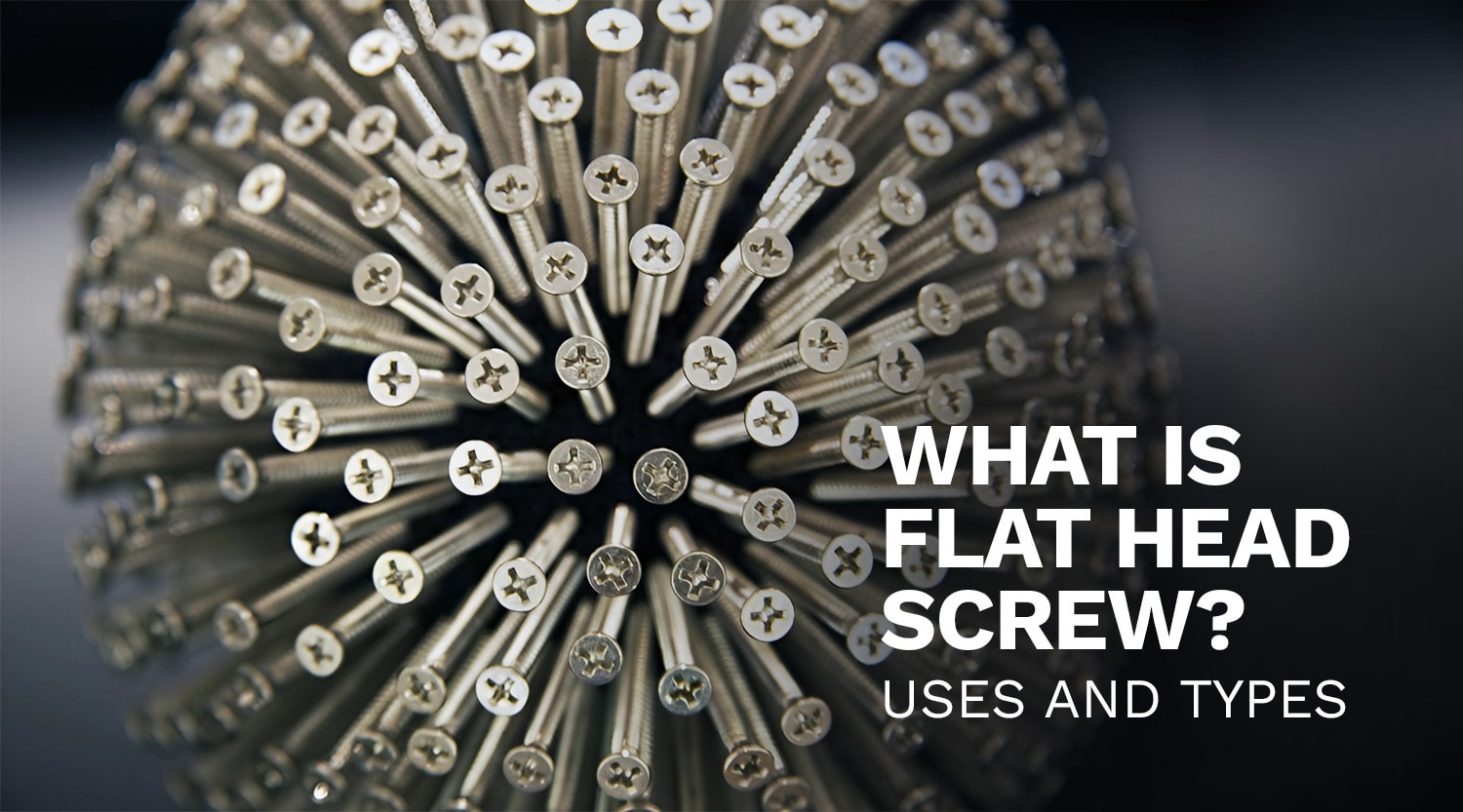


So you are here to learn more about the flat head screw. Well, we will get there in a while but before that here is something that can help you not just in your quest of learning more about the screws, but also in a way you look at things. Walt Disney once said there is no magic in magic, it only lies in the details. Detailing is key when you want to excel at anything.
Sashimono- Japanese wood art is a style that avoids any glue or nails to join the wooden parts. It creatively uses the the detailing of the notches and slabs, that fits together perfectly. An art, that dates back to the 12th century, is celebrated even today, for its simple as well as complex fitting mechanism and is truly fascinating. Fast forward till today, the world of carpentry has evolved in an interesting manner. When it comes to joints, today we have stainless steel screws, self-tapping screws, self-thread screws, carriage bolt screws and many more.
However, the real talent of a carpenter/craftsman lies in knowing which screw to use for different tasks. Yes! That’s the magic of detailing, that makes all the difference between a great project and a one that’s simply good. This blog aims to help you learn more about flat head screws, including their types and uses. So, let’s delve deeper into it now!
As the name suggests, these are the screws that have a flat head and their inner face is tapering. This allows the flat head screw to flawlessly merge in the surface without getting stuck above it. Thus, the application of these screws can lend a much cleaner and aesthetically pleasing look to the wooden surfaces. Needless to say the design of Flat Head Screws is aimed at providing additional stability to the objects that they are holding together.
Based on the technical specifications, we can categorise the flat head screws as follows:
Flat head screws with an 82-degree angle are standard countersunk screws designed to sit flush or below the surface of the material they are inserted into. This design allows for a smooth, flat surface after installation, making these screws ideal for use in applications where a sleek, clean finish is desired.
Flat undercut screws are best suited for the door hinges. They feature a flat, undercut and countersunk head with Philips recess. The flat bottom beneath the head is what makes an undercut screw different from its counterparts. This design allows the screw to sit flush against the countersunk hole of the hinges. As the conical taper is removed, it ensures that there is a full contact between the head’s bottom and the surface upon which it is being fixed.
These are the flat head screws with a 100-degree angle. These are designed for use with thinner materials where a standard 82-degree screw might protrude or not sit flush. This wider angle allows the screw to distribute pressure over a broader area in an effective manner. This ensures fine finish without compromising the integrity of the material.
In applications where short screws are required, a variant with an angle less steep than the flat 100-degree type is used to enable a slightly longer thread grip. This design modification ensures that the screw can securely fasten materials together by increasing the thread engagement without needing a longer screw, enhancing the overall stability and strength of the connection.
Metric flat head screws typically feature a standard head angle of 90 degrees, distinguishing them from other flat head screw standards with different angle specifications, such as 82 or 100 degrees. This 90-degree angle allows these screws to sit flush with the surface of the material they are inserted into, providing a sleek and unobtrusive finish ideal for a variety of applications where a smooth surface is desired.
Although these are a few commonly known flat head types of screws, it is possible that a few more variants similar to these may exist. Now that we have learned about different types of flat head screws, let’s take a look at some of the most common queries about the flat head screws.
Flat Head Screws and Philips Screws are the two main types of screw heads. Flat Head Screws have a conical shape with a flat outer face and a tapered inner face, whereas Phillips Head Screw us characterised by a cross-shaped slot on the top, allowing for more torque to be applied with a Phillips screwdriver, which is less likely to slip out compared to a flat head screwdriver.
The main difference between flat head and Phillips head screws is their design and application. Flat head screws are designed to sit and merge the surface, giving a clean, neat finish, while Phillips head screws provide a better grip for the screwdriver. Philips screws are designed to reduce the chance of slippage and allow higher torque application.
Limited torque distribution and alignment difficulty are the two key disadvantages of the flat head screws. The driver can slip out more easily from the slot of a flat head screw, especially when applying high torque, which can damage the screw head or the workpiece. Also obtaining the perfect finish with flat head screw would ideally need someone skilled or it is difficult otherwise or would take relatively more time.
We hope you found this blog helpful. We keep sharing informative content like this, in this section of our website. So keep following us for more information like this. Following us on our social media handles in another way to ensure that you never miss an update from us. So do follow us and stay up to date with the latest updates and insights from the industry.